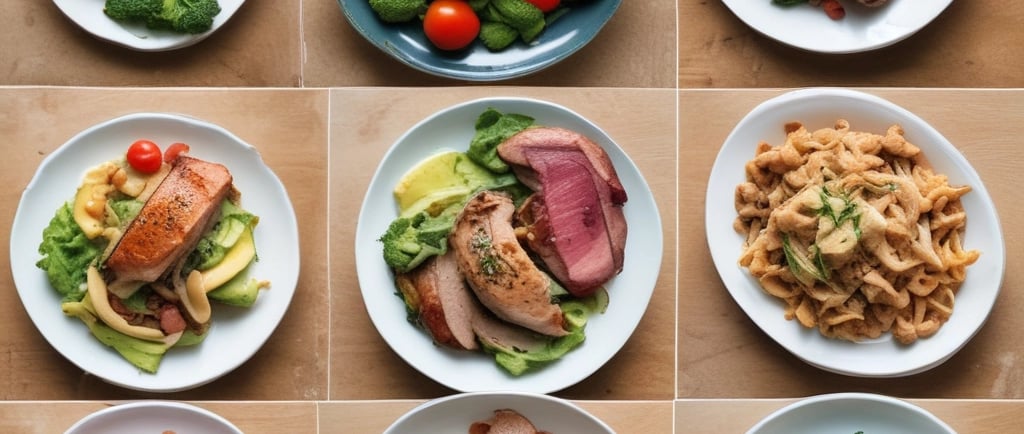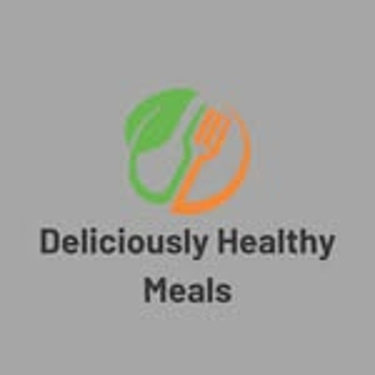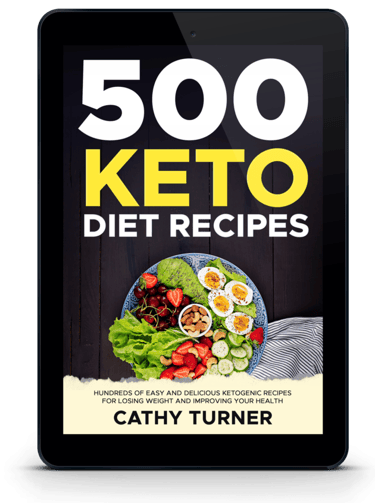Top 15 High-Protein, Low-Calorie Meals for a Healthy Diet
Discover 15 delicious and healthy recipes to fuel your body, boost metabolism, and support weight loss goals.
DIET PLANHEALTHY DIETWEIGHT LOSSBURN FAT
2/18/20256 min read


High-protein, low-calorie meals have gained prominence in the dietary landscape as individuals seek to maintain a healthy diet while managing their weight. These meals are characterized by their increased protein content relative to calories, offering a nutritional balance that supports various health objectives. Protein plays a crucial role in bodily functions, including tissue repair, immune function, and hormone production. It is also vital for muscle maintenance, which is particularly important during weight loss when muscle mass can be compromised.
One of the significant benefits of incorporating high-protein foods into your diet is their ability to promote satiety. Protein takes longer to digest compared to carbohydrates, which helps individuals feel fuller for an extended period. This enhanced feeling of fullness can be instrumental in controlling appetite and potentially reducing overall caloric intake, thereby supporting effective weight management. Additionally, high-protein meals contribute to a higher thermic effect of food (TEF) than carbohydrates or fats, meaning that the body expends more energy digesting and metabolizing protein. This metabolic boost can aid in weight management and even promote fat loss.
Moreover, maintaining a focus on calorie control is essential for overall health. Consuming meals that are low in calories while being high in protein allows individuals to sustain a calorie deficit without sacrificing essential nutrients. Diets rich in protein support muscle repair and growth, particularly for those involved in physical activities, enhancing performance and recovery. Incorporating protein-rich foods into a balanced diet—like lean meats, legumes, eggs, and dairy—ensures adequate nutrient intake while also addressing feelings of hunger effectively. With the right meal choices, individuals can enjoy flavorful dishes that align with their health goals while nurturing their bodies.
Top 15 High-Protein, Low-Calorie Meal Options
Maintaining a balanced diet while ensuring adequate protein intake can be a challenge, especially for those conscious of calorie consumption. To assist you in navigating this balance, we present a diverse selection of 15 high-protein, low-calorie meal options suitable for various dietary preferences.
1. Grilled Chicken Salad: A classic option, the grilled chicken salad offers lean protein from grilled chicken breast combined with a variety of greens and a light vinaigrette dressing. Key ingredients include sliced cucumbers, cherry tomatoes, and avocados.
2. Quinoa Vegetable Bowl: Packed with plant protein, quinoa serves as a nutritious base for this bowl, which features mixed veggies like bell peppers and spinach, topped with a squeeze of lemon. Quinoa is an excellent choice for vegetarians and vegans.
3. Egg White Omelette: Egg whites are an excellent source of protein while remaining low in calories. Fill the omelette with spinach, tomatoes, and mushrooms for a hearty breakfast option.
4. Baked Salmon with Asparagus: Rich in omega-3 fatty acids, baked salmon is a flavorful way to meet protein needs. When paired with asparagus, it creates a nutritious dinner packed with vitamins.
5. Greek Yogurt Parfait: Combine low-fat Greek yogurt with berries and a sprinkle of nuts for a delicious snack that also serves as a high-protein breakfast option.
6. Lentil Soup: Offering a hearty dose of protein, lentil soup is not only filling but also low in calories. Include spices and fresh herbs for enhanced flavor.
7. Chickpea Salad: For a vegetarian option, mix chickpeas with diced cucumbers, peppers, and a light dressing. Chickpeas provide substantial protein while keeping calorie counts low.
8. Tofu Stir-Fry: Tofu is an excellent protein source for those following a vegan diet. Stir-frying with colorful vegetables and low-sodium soy sauce creates a satisfying meal.
9. Cottage Cheese with Pineapple: Low in calories and high in protein, cottage cheese is a versatile snack. Mixing it with fresh pineapple enhances sweetness while maintaining nutrition.
10. Zucchini Noodles with Pesto Chicken: Zucchini noodles reduce carbohydrate intake while chicken adds lean protein. This dish is both refreshing and filling.
11. Baked Turkey Meatballs: Ground turkey is a lean option, especially when made into meatballs. They can be served with a side of steamed broccoli for additional nutrients.
12. Shrimp Tacos with Cabbage Slaw: Shrimp is a low-calorie protein option. Serve in lettuce wraps with a crunchy cabbage slaw for a light yet satisfying choice.
13. Spaghetti Squash with Marinara Sauce: A fantastic low-calorie alternative to traditional pasta, spaghetti squash, when topped with marinara sauce, offers both flavor and nutrition.
14. Protein Pancakes: Made with protein powder and oats, this breakfast option remains low in calories while providing essential protein to kickstart your day.
15. Cauliflower Fried Rice: Utilize riced cauliflower as a low-calorie base, and add peas, carrots, and lean chicken or tofu for a nutritious meal.
These meal options not only cater to a wide range of dietary preferences but also inspire you to integrate high-protein, low-calorie meals into your daily routine. By choosing these nutritious meals, you can optimize your diet for health and wellness.
Meal Prep Tips for High-Protein, Low-Calorie Diets
Meal prepping is an invaluable strategy for maintaining a high-protein, low-calorie diet. By dedicating time to plan and prepare meals in advance, you can streamline your weekly eating habits and ensure that nutritious options are readily available. The first step in this process is effective meal planning. Consider scheduling a specific time each week to outline the meals you plan to eat, focusing on incorporating diverse sources of protein, such as lean meats, legumes, and dairy products. This will not only enhance flavor but also help meet protein requirements without excessive calories.
Portion control is another critical aspect of meal prep. Using containers with clear portion sizes allows you to manage calorie intake while ensuring you receive adequate protein. Visual cues can aid in maintaining awareness of serving sizes, thereby minimizing the risk of overeating. When preparing meals, consider batch cooking proteins such as chicken breast or quinoa, which can be portioned out and flavored with various spices or sauces to keep meals exciting throughout the week.
Time-saving cooking techniques can further enhance the meal prep process. For instance, employing methods like grilling, baking, or slow cooking helps in preparing large quantities with minimal effort. Additionally, utilizing kitchen tools such as a slow cooker or pressure cooker can significantly reduce cooking time while enhancing flavors and tenderness in high-protein dishes.
Organizing a well-structured storage system is essential for long-lasting freshness. Label containers with the meal name and date to track their shelf life. Investing in clear, stackable containers helps maximize space in your refrigerator or freezer. Preparing meals in advance not only fosters healthy eating habits but also reduces the temptation to indulge in quick, less nutritious options. By establishing a sustainable meal prep routine tailored to high-protein, low-calorie meals, you create a pathway to improved health and well-being without sacrificing convenience.
Incorporating High-Protein, Low-Calorie Meals into Your Daily Routine
To effectively integrate high-protein, low-calorie meals into your daily routine, it is essential to establish a balanced approach to nutrition. These meals should not only focus on protein intake but also be complemented with other food groups to ensure a well-rounded diet. Including vegetables, whole grains, and healthy fats enhances the nutrient profile and flavor of your meals. For instance, pairing grilled chicken breast with a side of quinoa and steamed broccoli provides a comprehensive array of nutrients while keeping the calorie count low.
Creating a structured meal schedule can significantly contribute to successful dietary adherence. Allocating specific times for breakfast, lunch, and dinner can help in meal planning and preparation. Consider batch cooking high-protein recipes during the weekend to save time during the week. This strategy allows for convenient access to wholesome meals and reduces the temptation to opt for less nutritious options when hunger strikes. Also, planning for snacks is crucial. Healthy choices like Greek yogurt, cottage cheese, or protein bars can serve as quick, satisfying snacks that complement your high-protein diet without overshooting calorie limits.
Another important aspect is to listen to your body’s hunger and fullness cues. Adjusting portion sizes based on individual energy needs can lead to a more sustainable diet. Some days may require more substantial meals, while others may suffice with lighter meals. Prioritizing nutrient-dense foods encourages satiety and can help avoid energy crashes. By being mindful of these adjustments and incorporating high-protein meals thoughtfully, individuals can maintain a healthy eating pattern that is not only effective but also enjoyable.
Lose Weight the Smart Way: Proven Programs for Fast Fat Loss!
1. Vegan & Plant-Based Diet Programs:
The Plant-Based Recipe Cookbook – A collection of delicious vegan recipes to help people transition to plant-based eating.
Vegan Bodybuilding & Fitness Guide – A program designed for those looking to build muscle on a vegan diet.
2. Weight Loss & Fat Burning Programs:
Smoothie Diet 21-Day Program – A high-converting diet plan based on nutrient-rich smoothies for rapid weight loss.
Custom Keto Diet – While it's keto-focused, many people transition from keto to plant-based low-carb diets, making it a good cross-sell.
3. Digital Meal Planners & Trackers:
Fat Burning Kitchen – A program that teaches users how to eat clean and burn fat naturally.
Metabolic Cooking – A fat-loss cookbook with easy, metabolism-boosting recipes.


